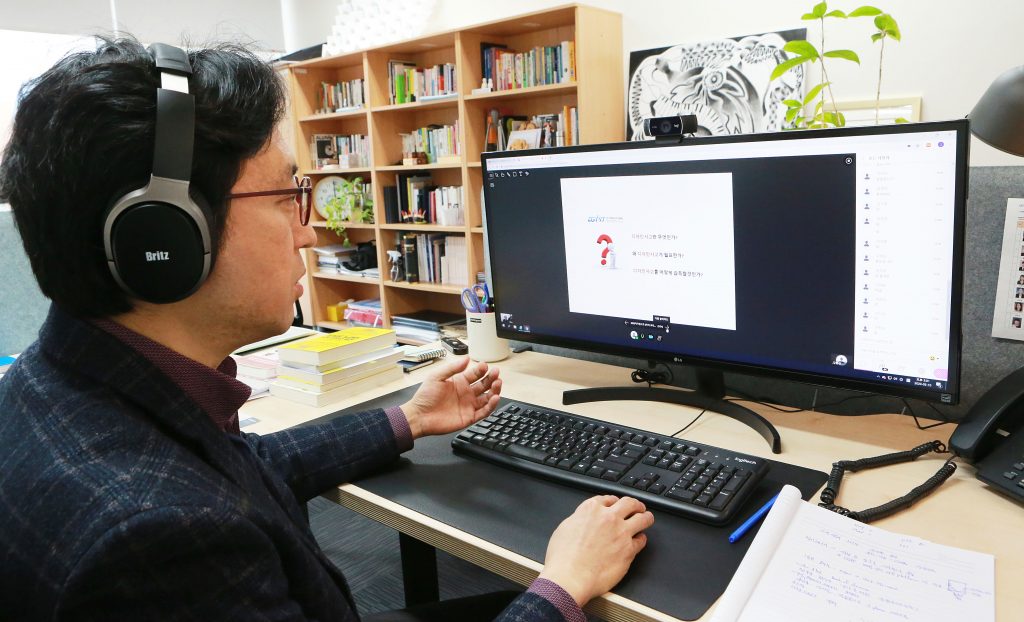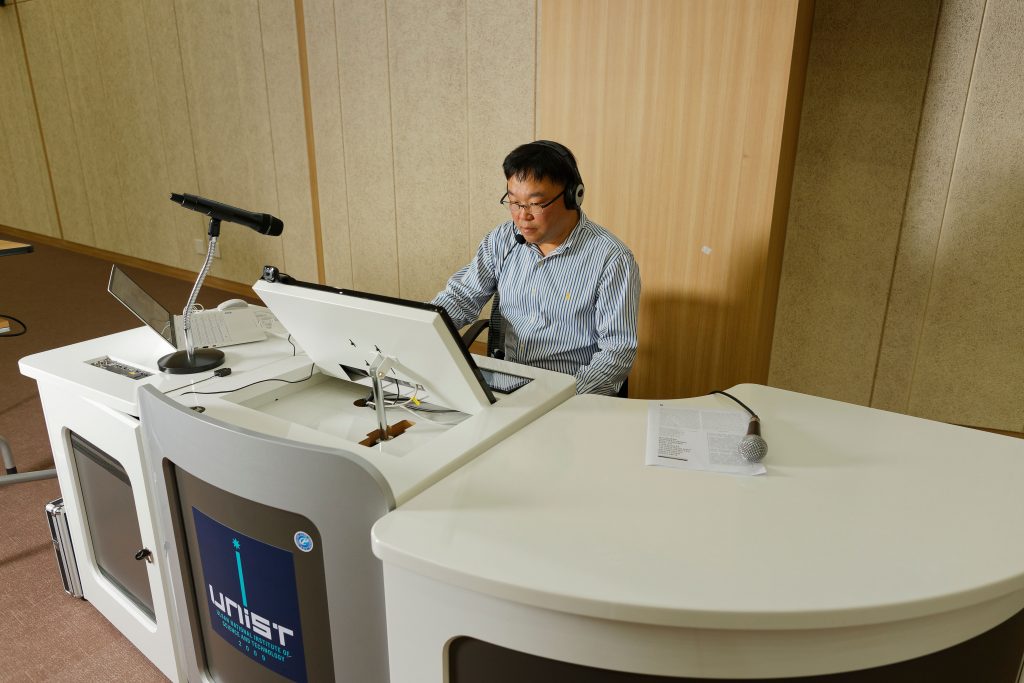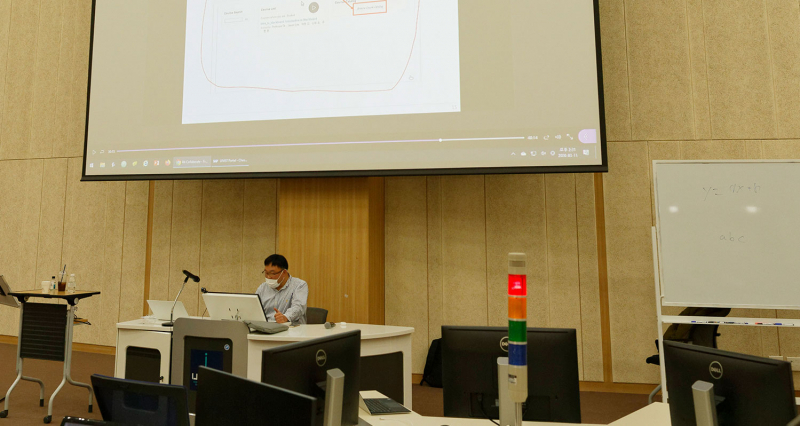In resonse to the coronavirus (COVID-19) pandemic, S. Korea’s four S&T research institutes have decided to take extreme steps to make sure their students are not exposed to the virus on campus.
Officials from each S&T institute have announced that they will go ‘all digital’ temporarily once students return from spring break, using the Learning Management System (LMS). With the shift of in-person classes to online learning, students will now be taking courses remotely for at least two weeks.
UNIST and KAIST have announced that their classes will be taught remotely for at least two weeks beginning Monday, March 16, the first date of the Spring semester 2020. DGIST, which started its classes on Monday, March 9, will continue to conduct classes remotely until coronavirus infections slow down. GIST, which begins on Friday, March 13, will be also shifting to online learning until mid-April.
The four S&T institutes have developed their own distance teaching and learning systems to provide its students anytime, anywhere access to course and study materials. These programs are operated in a similar fashion, yet do not share the same name. (※ KAIST: KLMS, GIST: GEL, DGIST & UNIST: Blackboard)
UNIST and DGIST will conduct real-time remote classes, using the collaboration ultra function provided via Blackboard. In order to increase operational efficiency, cloud computing will be applied for real-time remote lectures. This in turn will provide a qualitatively more favorable learning environment for distance learners. This will tie in with the existing methods, such as posting the prerecorded content in advance or the use of MOOC.

Professor Jong Rae Park of DGIST is conducting his ‘Design Thinking’ class remotely, using Blackboard Collaborate Ultra. | Image Credit: DGIST
KAIST operates a mixture of real-time and non-real-time online classes. As for non-real-time courses, professors post the prerecorded videos lectures to KLMS (KAIST Learning Management System) and receive questions and answers through bulletin boards. For real-time classes, professors and students may communicate at the same time like in a real classroom via a real-time video solution, namely ZOOM.
GIST will utilize both ZOOM and Skype for real-time remote classes. This will be also combined with the video lectures posted on its own online teaching system, known as GEL (GIST E-Learning), as well as the use of existing learning materials, such as MOOC.

UNIST’s remote learning system features real-time two-way communication.













